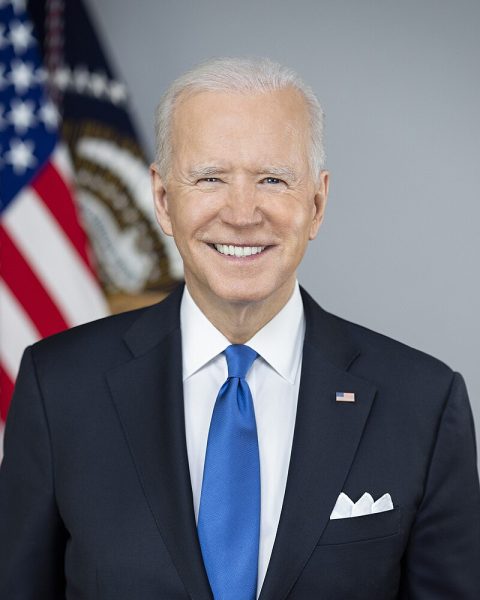North America sees NAFTA replacement
After nearly 25 years as the outline for trade in North America, NAFTA is set to be replaced by the newly negotiated United States Mexico Canada Agreement (USMCA). The result of a campaign promise by President Donald Trump to renegotiate NAFTA, the USMCA was in the works for over a year before its announcement on Oct. 1.
The new trade deal is fairly similar to NAFTA but does include several important changes with a focus on new labor and manufacturing regulations.
Under the USMCA, automobiles must have at least 75 percent of their parts manufactured in either the U.S., Mexico or Canada in order to qualify for zero import tariffs when transporting the final product. Designed to create new jobs for auto workers, this percentage is up from 62.5 percent in NAFTA.
The new trade deal also stipulates that by the year 2023, at least 40 percent of automobile parts must be manufactured by workers earning at least $16 an hour in order to avoid U.S. import tariffs. This will be especially important for Mexican auto workers, where, according to the Center for Automotive Research, the national average is currently less than half of that.
However, some are skeptical that the new deal marks a significant difference in terms of trade between the three countries.
“Donald Trump hasn’t created a huge change, only a very minor change,” said Professor of Political Science George Guo. “When he went to the election he wanted to completely reject the old ideas. Generally speaking, he has changed the name but not significantly changed anything. However, the change in name is absolutely significant. He has basically justified his past commitments in order to get votes for the midterm election.”
Associate Professor of Political Science Maria Rosales shares some of the same sentiments but is cautiously optimistic about the changes the USMCA has brought.
“This new deal has some pieces that could be better than what was in NAFTA, like a stronger protection for employee wages,” Rosales said. “Overall, though, it is similar enough that renegotiating pieces of NAFTA could have gotten the same result. But of course that wouldn’t have been ideal for someone who has claimed that NAFTA was a terrible deal for the U.S.”
Early College student Jayraj Jonnalagadda expressed a similar feeling.
“People are calling the new trade deal NAFTA 2.0 for a reason. It’s an extremely similar agreement with a new name so Trump can claim a victory for his administration,” Jonnalagadda said.
How the USMCA will affect trade in North America remains to be seen. However, before it is able to change anything the agreement must still be signed by the leaders of Mexico, Canada and the U.S., which will likely happen at the G20 summit at the end of November. In addition, the agreement must be ratified by their respective governments. It is likely that Canada and Mexico will do so, but the U.S. Congress might not even consider the agreement until next year, at which point the House or Senate may look radically different after the upcoming midterm election.
“It depends a lot on who ends up in office, and whether the more free-trade Republicans are unwilling to reward this administration’s use of tariffs as a threat to get Mexico and Canada to the bargaining table,” Rosales said.





